15 Games That Will Keep Your Brain Sharp
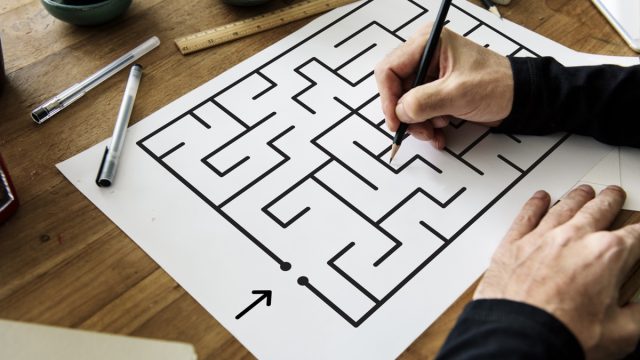
Though the brain is one of the most important organs in your body, it’s also one of the first to start deteriorating as you begin to age. But that doesn’t mean there’s nothing you can do to stay sharp. Actually, reducing cognitive decline doesn’t require all that much work or effort on your part; it’s so easy, in fact, that you can start your training right now with a few fun brain games.
According to a 2017 study published in the journal Alzheimer’s & Dementia: Translational Research & Clinical Interventions, simple brain training can reduce a person’s risk of dementia by as much as 29 percent. So, in order to help you outsmart the aging process, we’ve rounded up some brain games that will challenge, entertain, and educate you.
Question: Five sisters are busy. Ann is reading, Rose is cooking, Katie is playing chess, and Mary is doing laundry. What is the fifth sister doing?

Answer: Playing chess with Katie.

You can’t play chess by yourself, after all!
Question: There are three light bulbs in your attic. How can you find out which switches correspond to which bulbs?
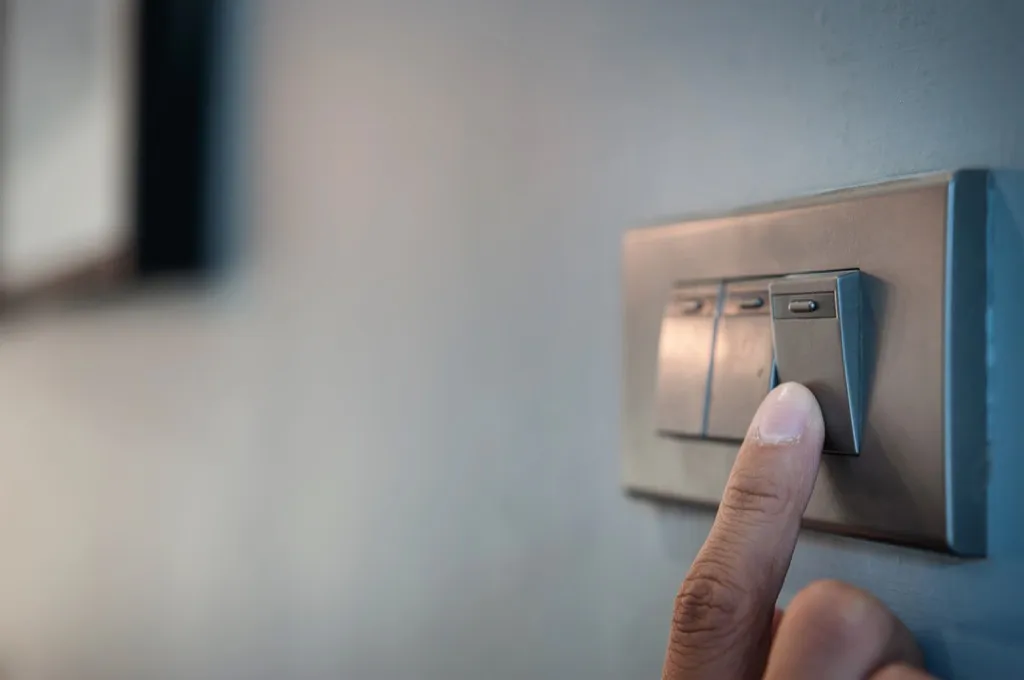
All of them are turned off and their switches are installed downstairs. You can play with the switches as much as you want, but you can only visit the attic once.
(Hint: Think about using more than your sight when answering this brain teaser!)
Answer: It’s all about touch!

Turn the first switch on, then wait for 30 minutes and turn the second switch on. Next, go upstairs and examine the bulbs. The one that is turned off corresponds to the third switch; the one that is turned on and is still cold corresponds to the second switch; and the one that is turned on and is hot corresponds to the first switch. Since light bulbs heat up while in use, touching the bulbs is an easy (albeit slightly painful) way of figuring out which light is turned on by which switch. See? You’re brilliant!
Question: Find the three-digit number using the three clues below.

- The number 682 shares one digit with the number, and it is correctly placed.
- The number 614 shares one digit with the number, but it is wrongly placed.
- The number 296 shares two digits with the number, but they are wrongly placed.
Answer: The number is 942!
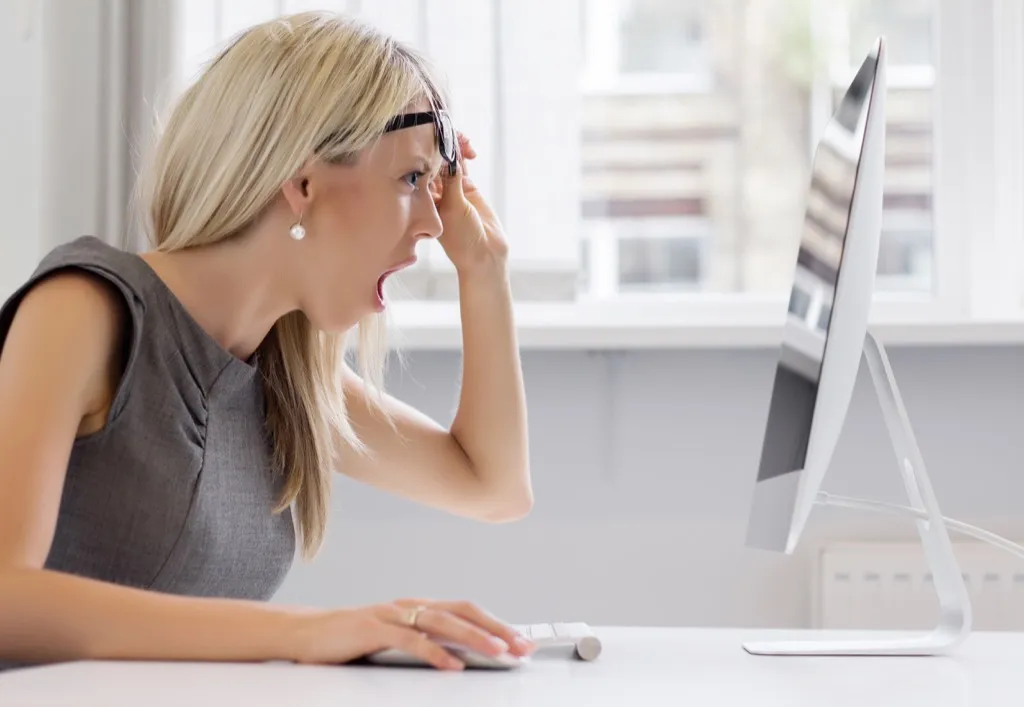
Here’s a handy explanation: The first and second clues imply that the number 6 is not part of the final three-digit number. The third clue then implies that both 2 and 9 are part of the number—and since the number 2 in the first clue is already “correctly placed,” that means that the number shared with the second clue can’t be 1 and thusly has to be 4. Lastly, since we know that the number 9 is not the second number in the three-digit combo, we can assume that the number 4 is, making the final number 942.
Question: Can you figure out which octopus is telling the truth?

King Octopus has servants with either six, seven, or eight legs. The servants with seven legs always lie, whereas the servants with either six or eight legs always tell the truth. One day, four of the king’s servants had the following conversation:
“We together have 28 legs,” said the first octopus.
“We together have 27 legs,” said the second octopus.
“We together have 26 legs,” said the third octopus.
“We together have 25 legs,” said the fourth octopus.
Which octopus told the truth?
Answer: The second octopus!

Here’s why: Since we know that only one octopus is telling the truth, then we know that at least three of them have seven legs. And if all four octopuses were lying, then their total number of legs would be 28 (7 legs x 4 octopi = 28 legs), so we can eliminate the first octopus from the running. So, the honest octopus can either have eight legs (making the total number of legs 29) or six legs (making the total number of legs 27)—and since 29 isn’t an option, then the servant who told the truth has to be the second octopus.
Question: Guess the next three letters in the series GTNTL.

These letters should be familiar if you think (or look) hard enough!
Answer: ITS

Here’s why: The complete sequence is the first letter of every word in the sentence: Guess The Next Three Letters In The Series!
Question: How can you throw a ball as hard as you can and have it come back to you, even if it doesn’t bounce off of anything?

And no, the ball is not attached to anything, nor is there anyone catching the ball and throwing it back to you.
Answer: Throw the ball straight up into the air!

This brain teaser puts your logical thinking to the test!
Question: Is it correct that 7 and 5 is 13 or that 7 and 5 are 13?

It’s time to put that elementary school grammar to good use.
Answer: Neither is correct—adding 7 and 5 makes 12.

Though this may be the dad joke of brain games, it’s actually pretty clever!
Question: What five-letter word becomes shorter when you add two letters to it?

How could that be possible? Hmm…
Answer: Short!

Technically the word short does turn into the word shorter when you add two letters to it, so this riddle isn’t wrong.
Question: Move just one stick to make the equation correct.
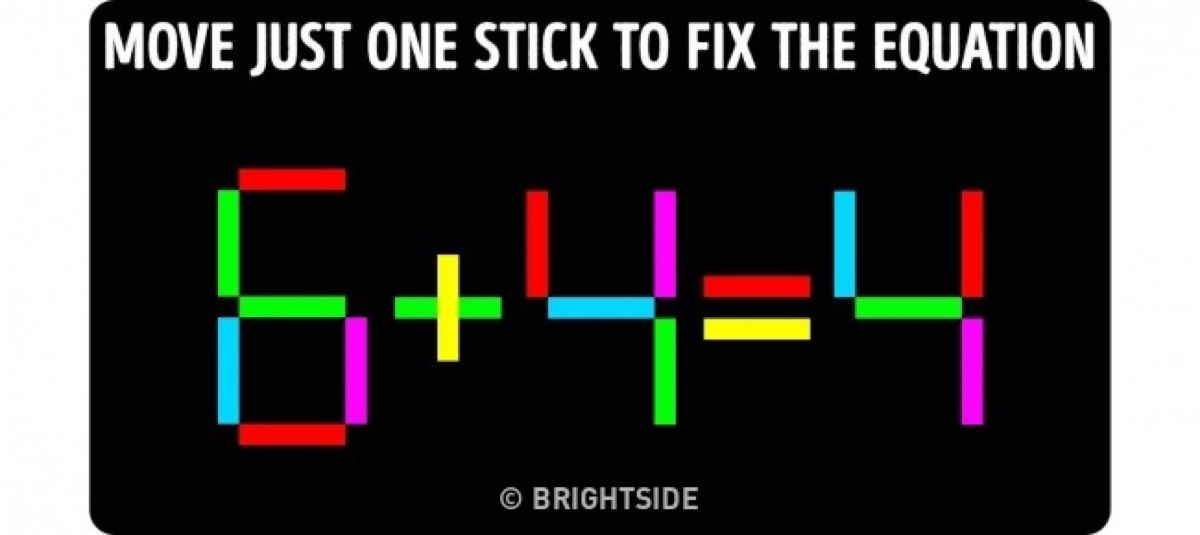
Though you can only move one stick, you can move that same stick as many times as you please to make the equation work.
Answer: There are three different ways to make this puzzle work.
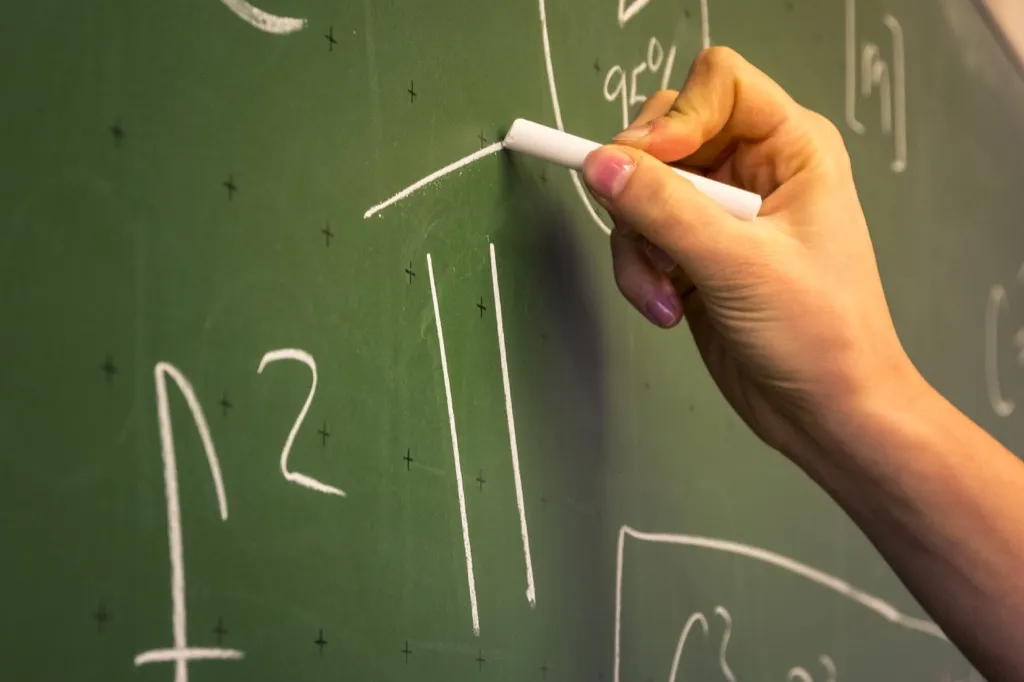
The first solution is quite simple and only involves moving a matchstick once. All you have to do is move the green matchstick in the middle of the number 6 to make it a 0 and the equation becomes accurate: 0 + 4 = 4.
For the second solution, you would have to take the yellow matchstick from the plus sign—making it a minus sign—and place it above the pink matchstick of the 6 so that it becomes an 8. In that case, the final equation would be 8 – 4 = 4.
For the third solution, you can take the blue stick from the number 6 (making it a 5) and move that stick over to the final 4, making the equation 5 + 4 = 9.
Question: Find the mistake above.
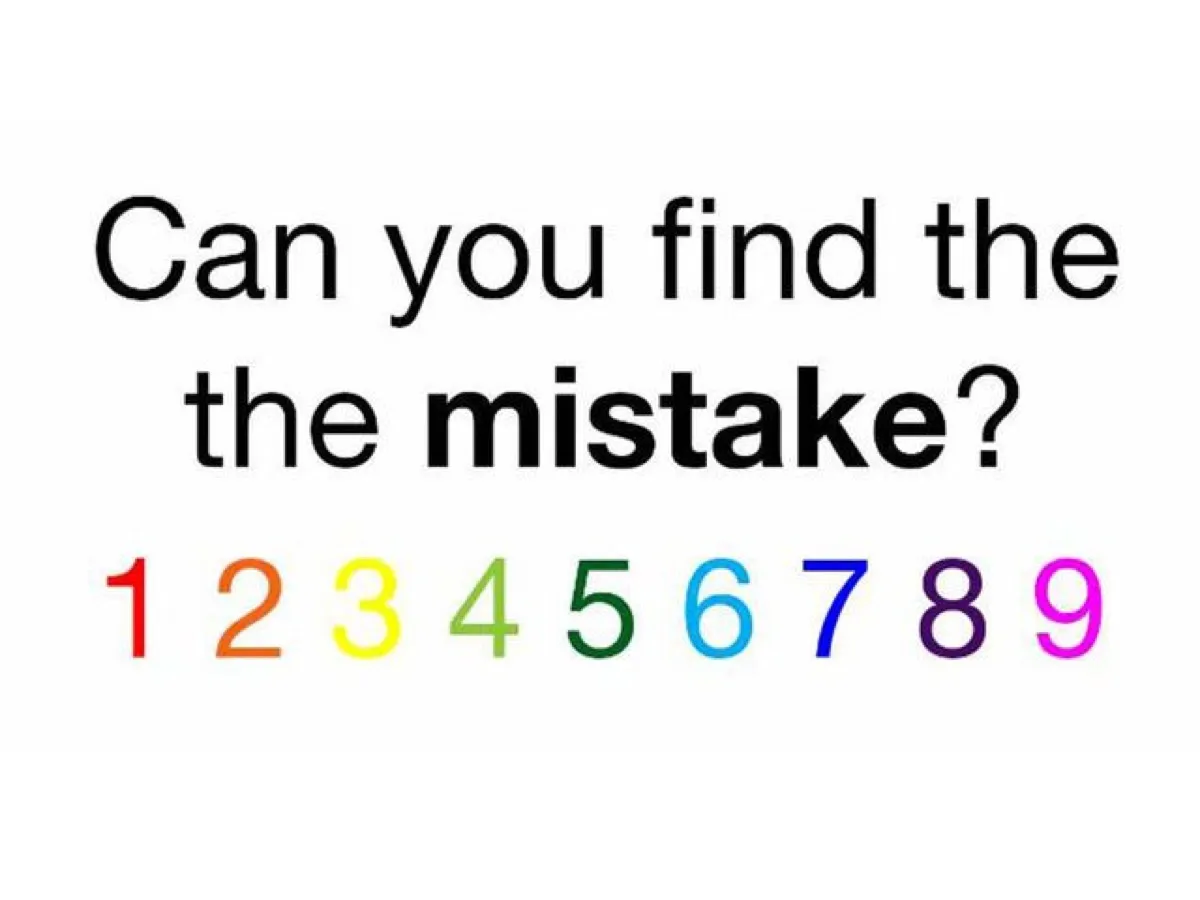
There’s definitely one somewhere, so look carefully!
Answer: The question has the word the written twice in it!
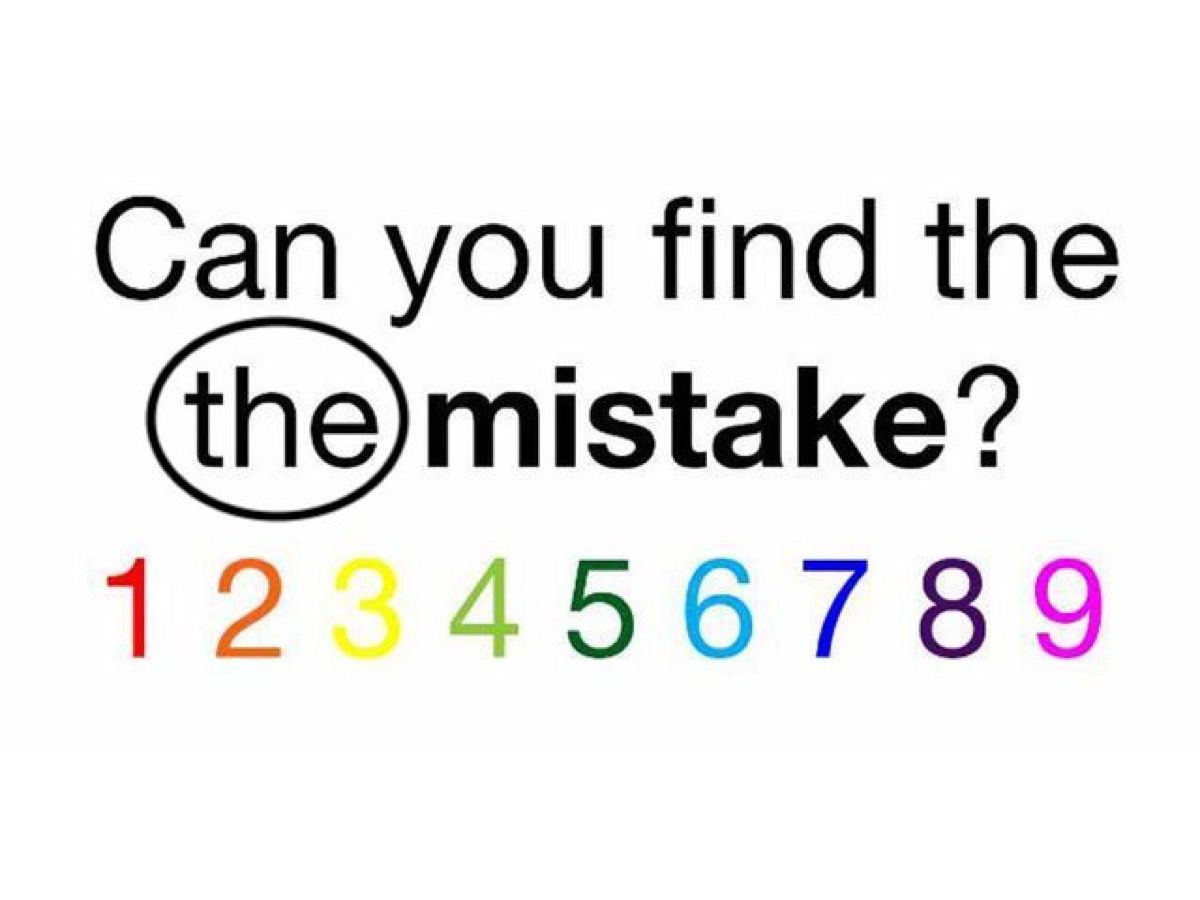
This riddle is genius. It implies the error is in the numbers and/or colors of the sequence so you don’t even realize that the real problem lies in the way the question is worded!
Question: What is the number of the parking spot covered up by the car?
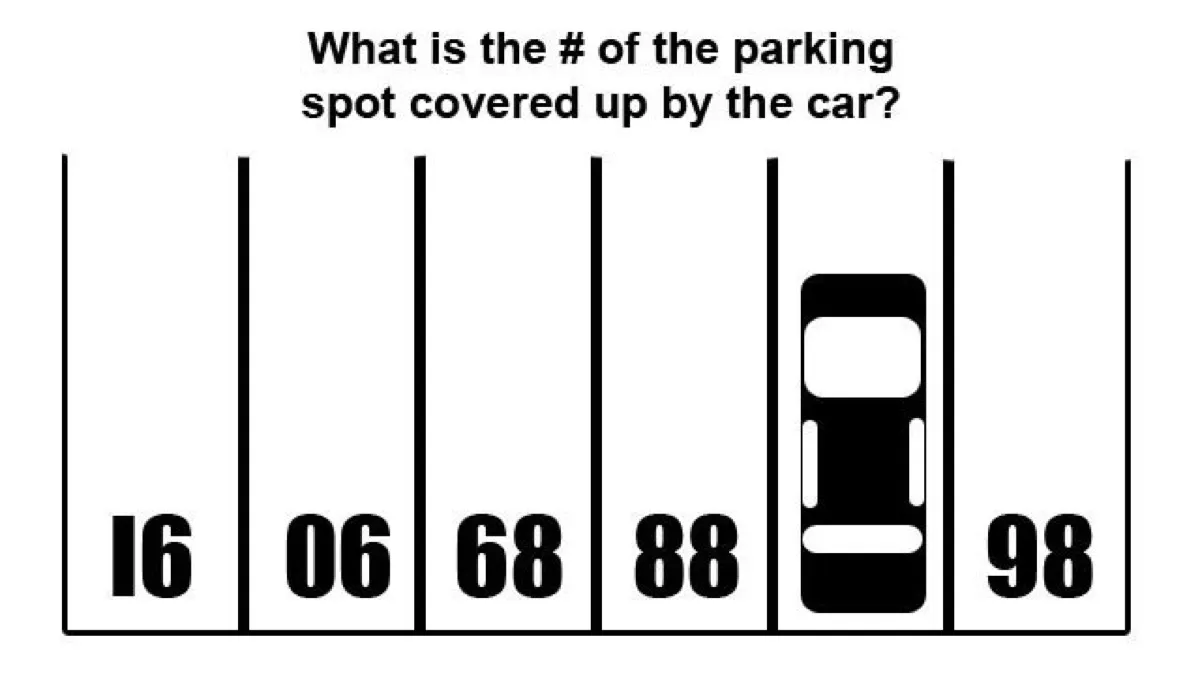
This puzzle was reportedly a question on an elementary school admissions test in Hong Kong.
Answer: The parking spot is labeled with the number 87!

The only reason that this problem is confusing is because the image is flipped upside-down.
Question: Replace the question mark with the correct number.

In order to solve this problem, you have to figure out what the first three equations all have in common.
Answer: The missing number is 256.

The formula used in each equation is 4x = Y. So, 41 = 4, 42 = 16, 43 = 64, and 44 = 256.
Question: What number belongs in the final triangle?
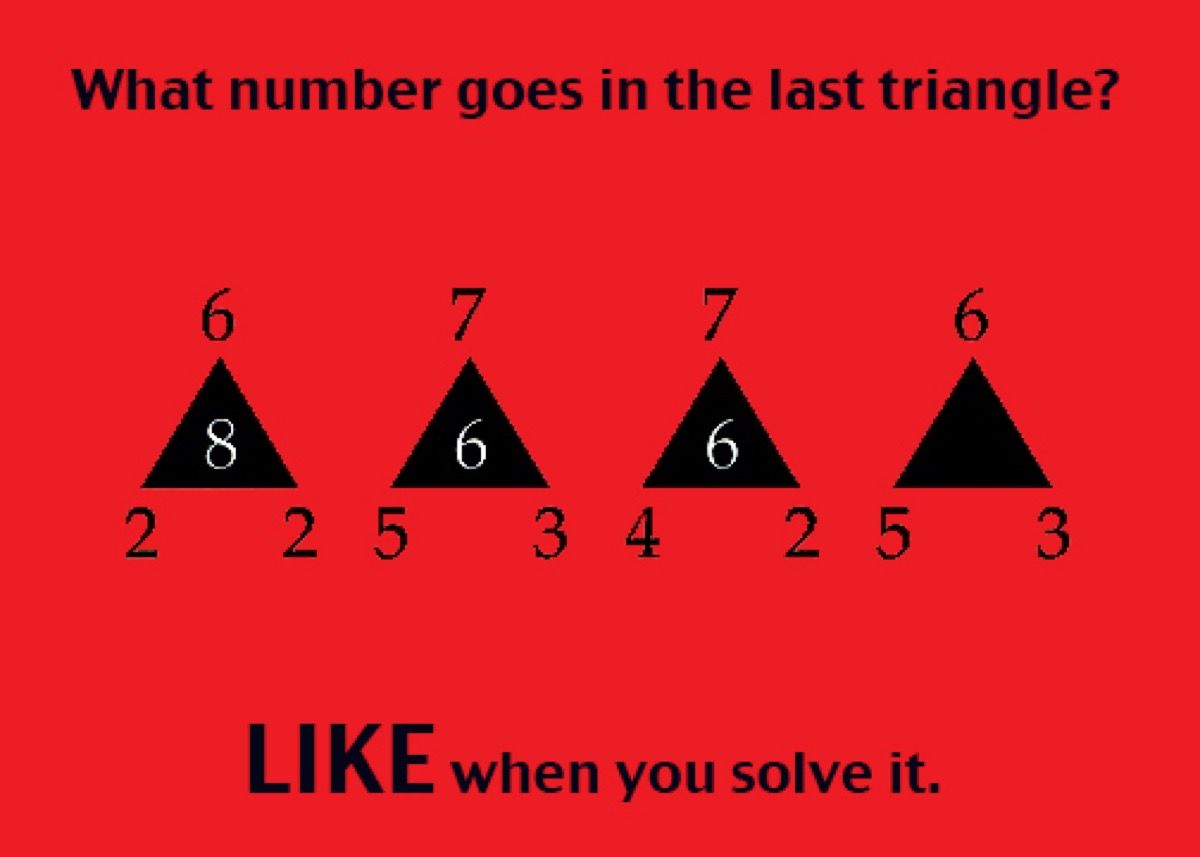
This question involves a little bit of math and a lot of thinking outside the box—er, triangle.
Answer: The number 3.

All of the numbers inside the triangles are the product of subtracting the bottom lefthand number from the top number and then multiplying that number by the bottom righthand number. For example, in the first triangle, 6 – 2 = 4 and 4 x 2 = 8. Therefore, in the last triangle, 6 – 5 = 1 and 1 x 3 = 3.
Question: Decipher this commonly used phrase.
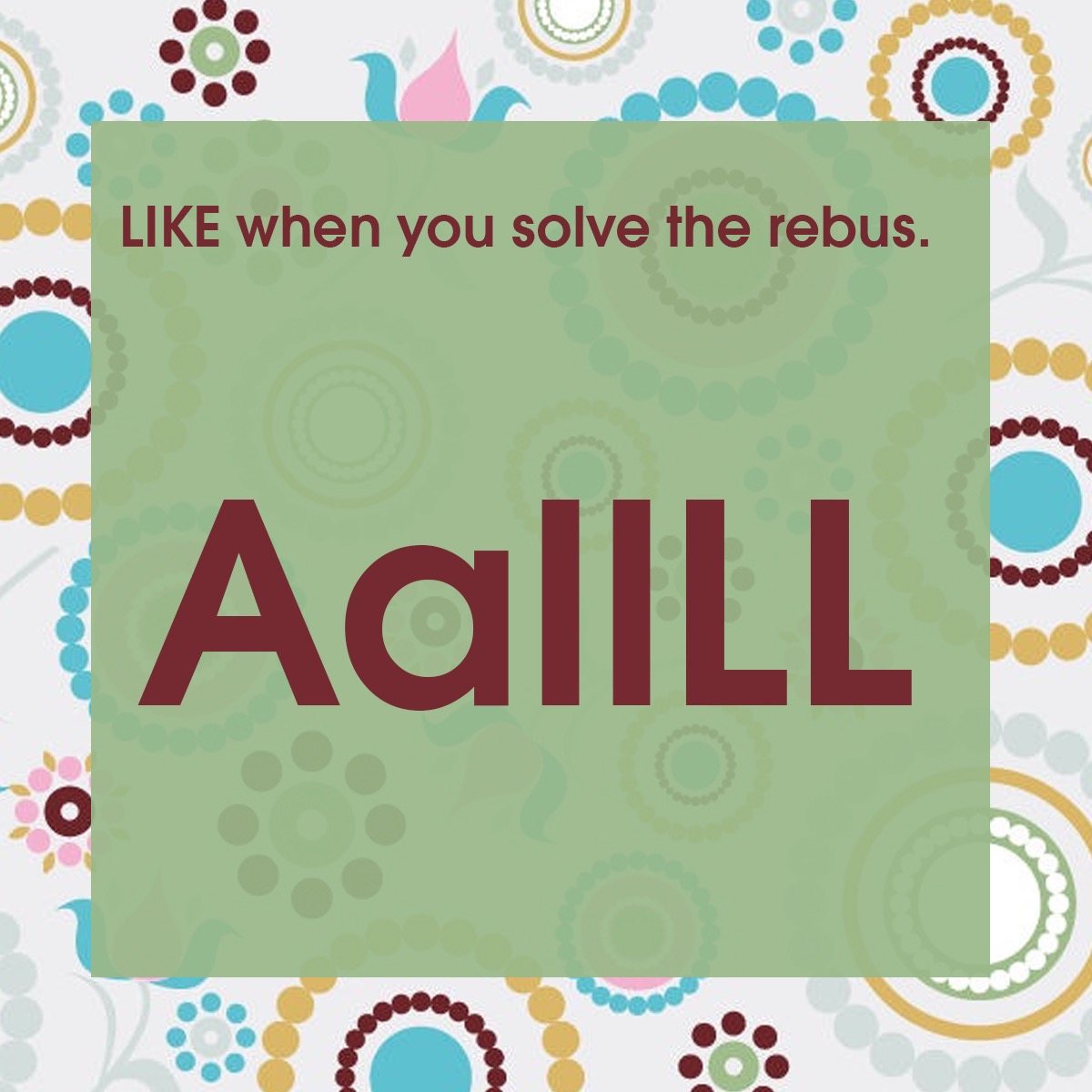
This jumble of letters is meant to depict a phrase you probably use all the time.
Answer: The picture depicts the phrase “all in all.”

Get it? The word all is quite literally inside of the word all! Pretty clever, huh?
Question: What time should the watch on the right read?
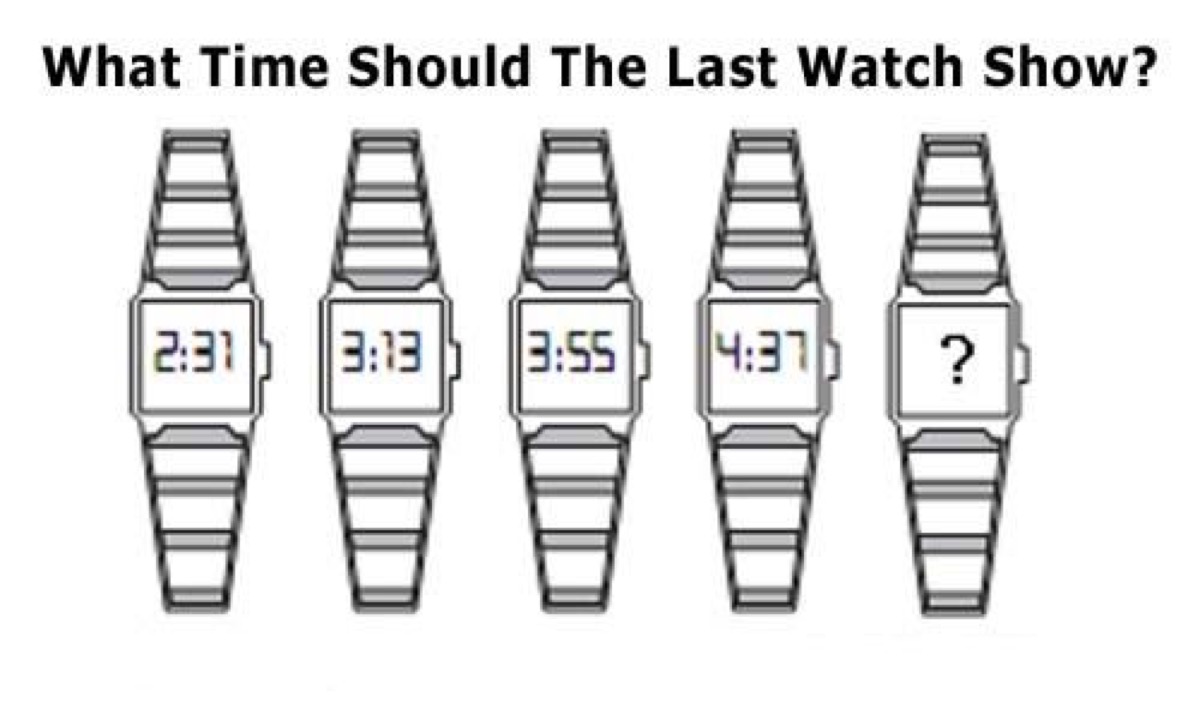
If you look carefully, the pattern within this puzzle is hiding in plain sight.
Answer: The final watch should read 5:19!

Each watch is 42 minutes ahead of the watch to the left of it. So, 42 minutes after 4:37 would be 5:19. Still hungry for more brain games? Keep the fun going with these 50 Amazing Riddles Only Geniuses Can Solve.
To discover more amazing secrets about living your best life, click here to follow us on Instagram!